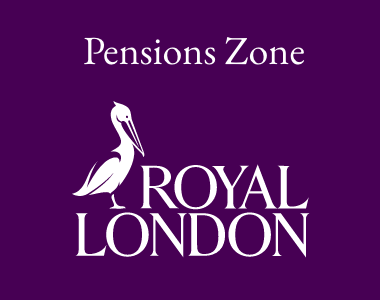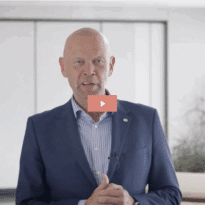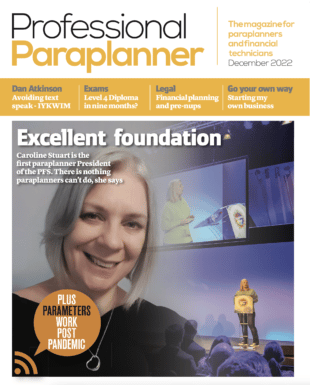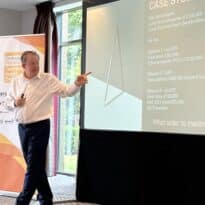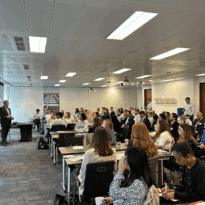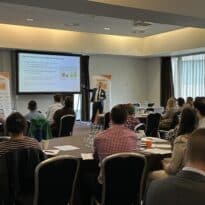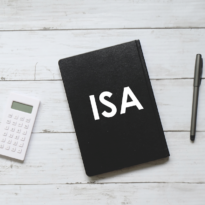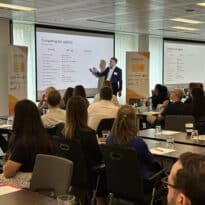Sponsored article.
Over the years Royal London’s technical team has checked many hundreds of carry forward calculations so they have a very good idea of where the main mistakes are made. To help you avoid these mistakes and get prepared for tax year end, Fiona Hanrahan, Intermediary Development and Technical Manager at Royal London, outlines the most common areas where people go wrong and what to watch out for.
In the run up to tax year end your clients will likely be looking to make use of their 2021/22 allowances and reliefs if they haven’t already. If they are looking to pay the maximum into their pension without a tax charge applying, then it will likely be necessary to work out their unused annual allowance using carry forward.
When using carry forward, it is important to be accurate as the consequences of getting the calculation wrong can mean an annual allowance tax charge for the client or even contributions needing to be refunded.
Over the years at Royal London our Technical Team has checked many hundreds of carry forward calculations so they have a very good idea of where the main mistakes are made. We thought we’d share these with you so that you don’t do the same.
Where do people go wrong?
The main mistakes people make when working out unused annual allowance are listed below:
1. Getting mixed up between annual allowance and tax relief
When you are using carry forward, you are working out the unused annual allowance not unused tax relief. So, it’s important to remember that for an individual contribution, the client will still need earnings in the year of payment to support the contribution. For example, if there is £100,000 worth of unused annual allowance, the client will need earnings of at least this in order to make an individual contribution of this level and receive tax relief.
2. Forgetting about the money purchase annual allowance (MPAA) or tapered annual allowance
Both of these have an impact on how much annual allowance is available. If the client has triggered the MPAA, then it’s not possible to use carry forward to increase contributions to defined contribution schemes above £4,000 without an annual allowance tax charge applying. Carry forward will still though be available for any defined benefit (DB) schemes.
The tapered annual allowance rules apply from tax year 2016/17 onwards. So in theory could apply to all 4 tax years in the carry forward calculation. If the taper does apply, carry forward can still be used and the standard annual allowance of £40,000 is simply substituted by the tapered annual allowance for each year it applies.
Remember also the taper parameters changed with effect from 6 April 2020, so you could be using two different methods of calculating the reduction due to the taper.
3. Don’t handle employer contributions correctly
Employer contributions as well as individual and 3rd party contributions count towards the annual allowance. So, these should be included when working out unused annual allowance.
4. Don’t handle a previous carry forward correctly
When using carry forward, you maximise the current year first before going back to your earliest year and work forwards. So, if an earlier year includes a contribution of more than the annual allowance for that year you therefore know there will be no annual allowance remaining from that year to carry forward to the current year.
5. Get confused about the eligibility for carry forward
Anyone who was a member of a pension scheme in the year they are carrying forward from is eligible to use carry forward to the current year. The definition of member is very broad and includes active, deferred, pension credit and pensioner members. Really the only clients not eligible to use carry forward would be those taking out a pension for the very first time. It is not necessary to make contributions using carry forward to a current scheme, these can be made to a brand new scheme.
6. Try to calculate DB pension input amounts themselves
When working out the available annual allowance for a DB scheme, it is important to obtain a history of pension input amounts from the scheme. The calculation of the pension input amount can be complicated and different schemes will have different ways of calculating pensionable service and salary.
7. Forget about the complications of the 2015/16 tax year
A carry forward calculation for 2021/22 will not normally include the 2015/16 tax year but it might still be necessary to be aware of the differences for 2015/16. For example, you might be checking a historic carry forward for a client or checking there is enough carry forward to cover a previous year. For 2015/16 the pre alignment period, the period between 6 April 2015 and 8 July 2015, had an annual allowance of £80,000 with a maximum of £40,000 able to be carried forward to the post alignment period which was the remainder of the tax year.
Knowing the most common mistakes people make with carry forward calculations will hopefully make sure you are fully prepared for your tax year end saving you time and potentially a tax charge for your clients.
Visit our tax year end hub for more technical expertise and our client toolkit – to help power up your advice and support your tax year conversations.






